U.S. anti-money laundering (AML) regulations are facing increasing scrutiny as lawmakers and regulators attempt to modernize the framework that governs financial crime prevention. While banks initially hoped that updated rules would reduce the burden of compliance, the complexity of modernizing the laws has created new challenges.
Banks have long struggled with maintaining effective AML programs, which are both costly to implement and crucial for preventing illicit financial activity. Recent penalties, such as TD Bank’s $3 billion settlement for failing to adequately monitor suspicious transactions tied to Chinese criminals involved in the sale of fentanyl, highlight the high stakes of non-compliance. Prosecutors stated that while TD’s AML program appeared adequate on paper, it was insufficient in practice, with the bank’s flat cost approach hindering its ability to scale its efforts as risks grew.
In response to these challenges, the U.S. Treasury Department has moved forward with a proposal to modernize the regulatory framework. The department’s Financial Crimes Enforcement Network (FinCEN) has been tasked with updating the rules following the passage of the Anti-Money Laundering Act of 2020. The Treasury’s proposal suggests that banks formalize periodic risk reviews and align their AML programs with national priorities. While these changes appear to align with practices already common in the industry, some banking groups have expressed concerns that the new rules add unnecessary regulatory burdens.
The American Bankers Association (ABA) and the Bank Policy Institute (BPI) have both criticized the proposed rules, arguing that they would not effectively address the underlying issues with AML compliance. Gregg Rozansky of BPI stated that the proposal would not implement Congress’s intent or support a more risk-based approach to combating financial crime.
Treasury officials have acknowledged the feedback and indicated that the proposal is still under review. “This is a work in progress,” said Brad Smith, the Treasury’s acting undersecretary for terrorism and financial intelligence, at a recent conference hosted by the ABA.
Currently, financial institutions, from banks to casinos, are required to monitor transactions and report suspicious activity. However, the high costs of compliance—estimated at $61 billion annually in the U.S. and Canada—have raised questions about the system’s effectiveness. Critics argue that the pressure to comply with technical reporting requirements often diverts resources away from targeting more serious financial crimes.
The proposal by FinCEN would make periodic risk assessments a formal requirement, a practice already common in the industry. While regulators argue that this would improve consistency across the sector, some critics contend that it could lead to more paperwork and compliance checks that do little to address the actual risks of financial crime.
As the regulatory landscape continues to evolve, financial institutions and lawmakers are grappling with how to allocate resources more effectively to combat illicit financial activity. Law enforcement and regulators have been cautious about prioritizing certain crimes over others, complicating efforts to streamline resource allocation. However, Treasury officials have acknowledged the industry’s frustration and are considering adjustments to improve the effectiveness of the regulations without undermining their broader goals.
The outcome of these regulatory discussions will likely shape the future of anti-money laundering practices in the U.S. and determine whether the modernization efforts will meet the expectations of both lawmakers and financial institutions.
Discover the latest in supply chain logistics news on The Supply Chain Report. Free international trade tools are available at ADAMftd.com.
#USAML #FinancialRegulation #MoneyLaundering #ComplianceChallenges #BankingLaws #RegulatoryReform #IllicitFinance

















